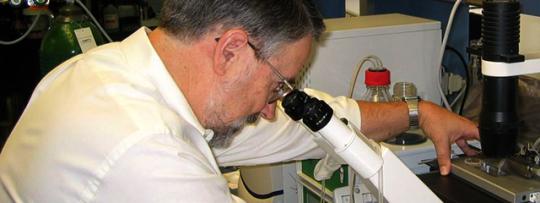
The Marfan Foundation Statement
People with Marfan syndrome now have expanded therapeutic options for slowing the rate of aortic enlargement, the life-threatening aspect of Marfan syndrome. In the Pediatric Heart Network (PHN) clinical trial of 608 Marfan syndrome patients between the ages of six months and 25 years, losartan (at up to the FDA recommended dose for hypertension) was shown to be equally effective as atenolol (at a dose above the FDA recommended daily dose), with both drugs leading to a significant decline in body size-indexed aortic root dimension over time. This is a new finding for losartan and confirms that adequate dosing of atenolol (titrated to hemodynamic effect) can have a significant impact on the aorta.
Atenolol belongs to a class of drugs called beta-blockers, which are the gold standard for slowing the growth of the aorta in Marfan syndrome, whereas losartan belongs to a class of drugs known as angiotensin receptor blockers or ARBs. Without any medication, nearly all people with Marfan syndrome experience progressive enlargement of the aorta, the large artery that takes blood away from the heart, leading to a tear or rupture, which can be fatal. This study showed that atypically high doses of atenolol were well-tolerated and that conventional dosing of losartan was equally effective ─ both victories for the Marfan community. Further study is required to determine if escalation of losartan dose or combined therapy protocols have the potential to further improve patient outcomes.
Interestingly, the study showed that the magnitude of response to therapy was greater in younger age groups, with the greatest apparent benefit in the youngest children. This could change the management of younger patients as some doctors and parents have been hesitant to start medication in young children with Marfan syndrome.
“Research involving Marfan syndrome and related disorders is critical to understanding basic mechanisms of disease and has the possibility to inform treatment and save lives,” said Alan Braverman, MD, Professor of Medicine and Director of the Marfan Syndrome Clinic, Washington University School of Medicine, and Chair of The Marfan Foundation’s Professional Advisory Board. “The NHLBI, PHN, and Marfan Foundation-sponsored trial of Atenolol versus Losartan in Marfan Syndrome brought together researchers and clinicians from many institutions in a concerted effort to understand the effectiveness of drug therapy for Marfan syndrome. The Marfan Foundation’s support and leadership in this enormous endeavor cannot be overstated and is deeply appreciated. This effort provides the structure for further clinical trials with the promise to improve outcomes for our patients.”
Far-Reaching Impact of the Trial
According to Josephine Grima, PhD, Senior Vice President of Research for The Marfan Foundation, the breakthrough research that spurred the National Heart, Lung, and Blood Institute to initiate this trial through the PHN has far-reaching implications. Ten additional trials on losartan or irbesartan (another ARB) were launched around the world, with scientists using slightly different protocols than what was used in the PHN study. Because of the scientific process, each study is limited in the number of questions it can answer, thus a meta-analysis of the results of all the studies – which the Foundation helped to establish – will provide the best information for the Marfan community.
In addition, The Marfan Foundation is supporting supplemental studies to the PHN trial using subsets of the trial population that are looking into:
- The role of genetic factors to determine which patients with Marfan syndrome will respond best and worst to losartan and to atenolol.
- The effect of atenolol and losartan on the musculosketetal aspects of Marfan syndrome, including bone and muscle mass, as well as strength and endurance.
- Quality of life issues, especially related to the severity of Marfan syndrome and the use of atenolol or losartan.
- The potential correlation of circulating TGF-beta levels on clinical outcomes, i.e., the rate of change of aortic size and Z-score (a measure of how much the size of the aorta differs from normal).
“We are grateful to our physicians and researchers for their dedication to this field of study and for their quest to unravel the complex mechanisms that cause Marfan syndrome and seek new therapies to ensure a long and healthy life for people with this disorder,” said Dr. Grima. “We are equally grateful to the Marfan community for their eagerness to enroll in this trial. Their participation is critical to advancing knowledge on the condition.”
The press release about the trial from the National Heart, Lung, and Blood Institute can be read here.

The Marfan Foundation is a nonprofit organization that saves lives and improves the quality of life of individuals with genetic aortic and vascular conditions including Marfan, Loeys-Dietz, and Vascular Ehlers-Danlos syndromes. Our vision is a world in which everyone with genetic aortic and vascular conditions can live their best life.
